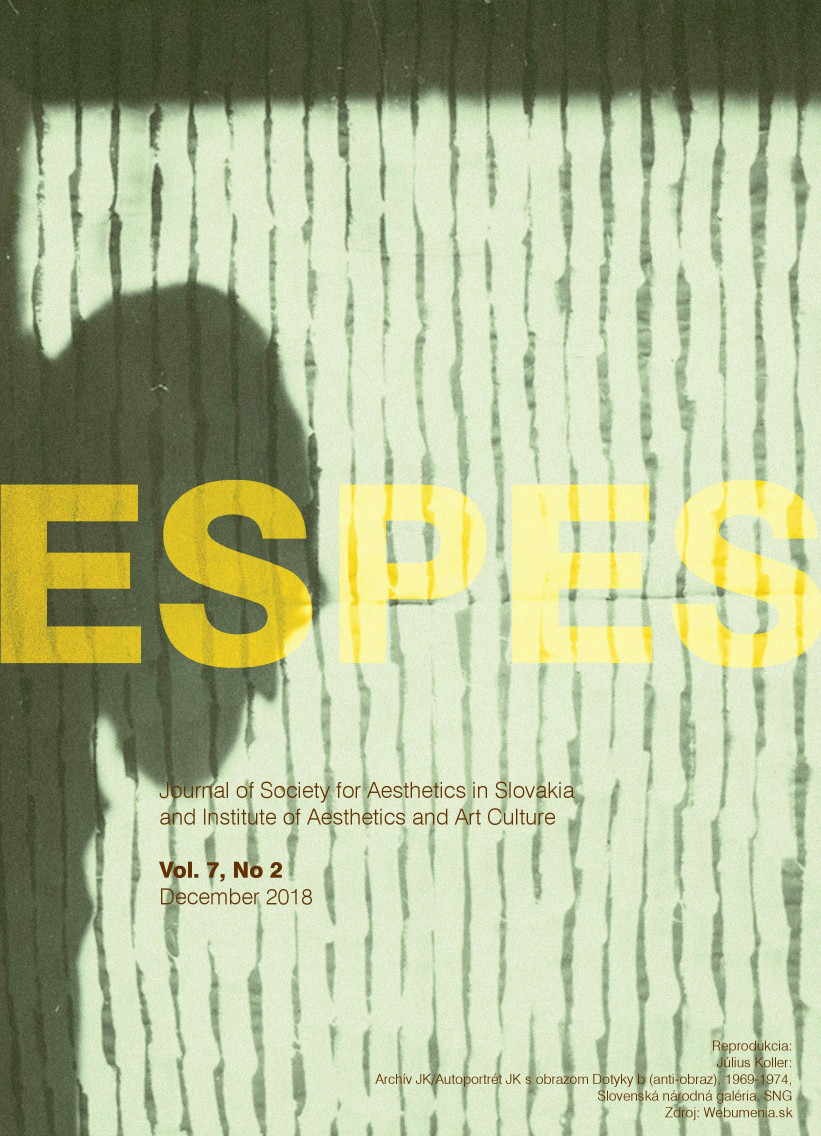European Thinking and the Study of World Art from a Natural Perspective
European Thinking and the Study of World Art from a Natural Perspective
Author(s): Ancuţa MortuSubject(s): Fine Arts / Performing Arts, Psychology, Aesthetics
Published by: Spoločnosť pre estetiku na Slovensku a Inštitút estetiky a umeleckej kultúry Filozofickej fakulty Prešovskej univerzity v Prešove
Keywords: art historical writing; world art studies; human cognition; psychology; European context;
Summary/Abstract: My aim in this paper is to address some difficulties related to the development of an emerging discipline called world art studies. While it originates as a European discipline in the German scholarly tradition around 1900 (Pfisterer, 2008), world art studies comes to the fore only recently (Onians, 1996, 2016) with recent advances in natural and cognitive sciences, which hold promise for providing more inclusive categories that could serve the study of art as a worldwide phenomenon. I focus more specifically on the strengths and weaknesses of psychology as explanatory framework for world art studies. While contemporary scholars no longer dwell on collective mentalities or “spirits” of an age (Gombrich, 1967), the problem of postulating mysterious faculties in relation to art behavior and aesthetic response is still present when adopting as an entry point the universality of human nature.
Journal: ESPES
- Issue Year: 7/2018
- Issue No: 2
- Page Range: 43-50
- Page Count: 8
- Language: English

